Guitar World Verdict
While the MT 100 isn’t overflowing with bells and whistles, you can always buy the extras you need to suit your gig and know that your amp money has all gone on the thing that really matters: great tone. Which the PRS MT 100 has by the truckload.
Pros
- +
Great-sounding and affordable three-channel head.
- +
Simple no-frills controls.
- +
Easy to set up and use.
Cons
- -
It really needs to sit on a 4x12 to look right, which narrows its appeal.
- -
No popular modern features like DI outputs, speaker emulation or power reduction.
You can trust Guitar World
Mark Tremonti is one of PRS’s most prolific and dedicated artists; his boundless talents are more than one or even two bands can satisfy. Having found global fame with Creed, Tremonti went on to form Alter Bridge in 2004 with Myles Kennedy, followed by a solo album project in 2010 that turned into the band Tremonti.
All three projects are still on the active list, with Creed set to reform again for a tour in 2024. The guitarist is just as busy on the gear front, with Core and SE PRS electric guitar models alongside the well-received MT 15 head – which is now joined by a new addition, a guitar amp that Mark has been deeply involved with through the design and test phases and is now using in live shows, the signature MT 100 head.
The first thing that’s apparent on unboxing the MT 100 is its size and weight. At a time when there’s been an increasing trend toward more compact and portable products, the MT 100 is unapologetically large and heavy thanks to outsize transformers and a tough steel chassis.
The mains transformer is possibly the biggest we’ve ever seen on an amp of this type. At the time of writing, we don’t yet know if a matching 4x12 will be available, but visually a serious rock amp such as this needs a 4x12 or an oversized 2x12 to sit on.
Inside the chassis, most of the electronics live on one large main PCB, including the front-panel controls, preamp tube bases and a bank of nine relays. A smaller PCB strip handles the rear-panel bias connections.
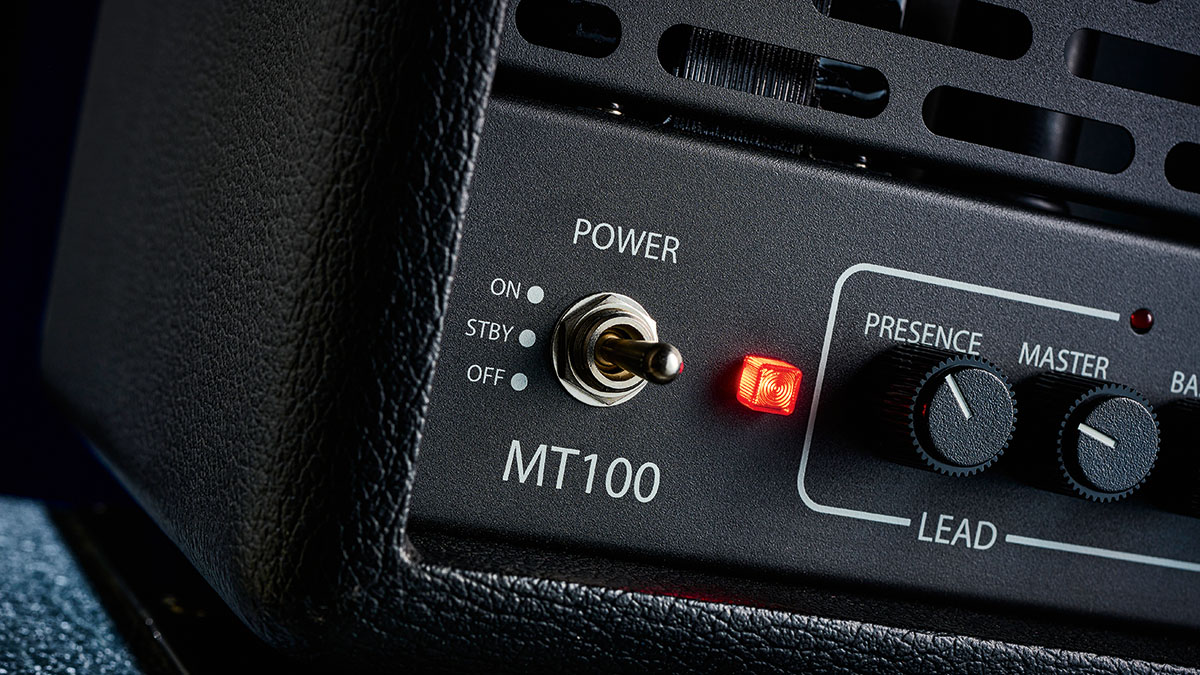
The sockets for the quartet of TAD Redbase 6L6s are chassis mounted and hand wired, keeping the main heat source away from the PCB and making a positive contribution to the amp’s longterm reliability.
Where most tube amps have separate mains and standby switches, the MT 100 has a three-way toggle for off, standby and play.
Just by varying the guitar’s volume control there’s plenty of colour and subtlety, which is artistically rewarding to play with
Around the back, the rear panel offers three speaker outlets, a pair of send and return jacks for the tube-buffered series effects loop, and a set of bias test points with an external adjustment screw. While the bias can be checked individually for each tube, the bias setting is a global one. The only other feature on the rear panel is a seven-pin DIN socket for the MT 100’s three-button footswitch.
The MT 100 is a proper three-channel head, with independent preamp channels accessed by small push-button switches on the front panel or via the remote footswitch. Matching coloured LED indicators tell you which channel is active.
Overall, the MT 100’s ‘none more black’ steel grille, control panel and vinyl sleeve make a clear statement that this is a serious rock machine, albeit one with minimal features. However, as Tremonti himself says in his personal introductory demo video, “It’s got everything you would need and nothing you don’t need.”
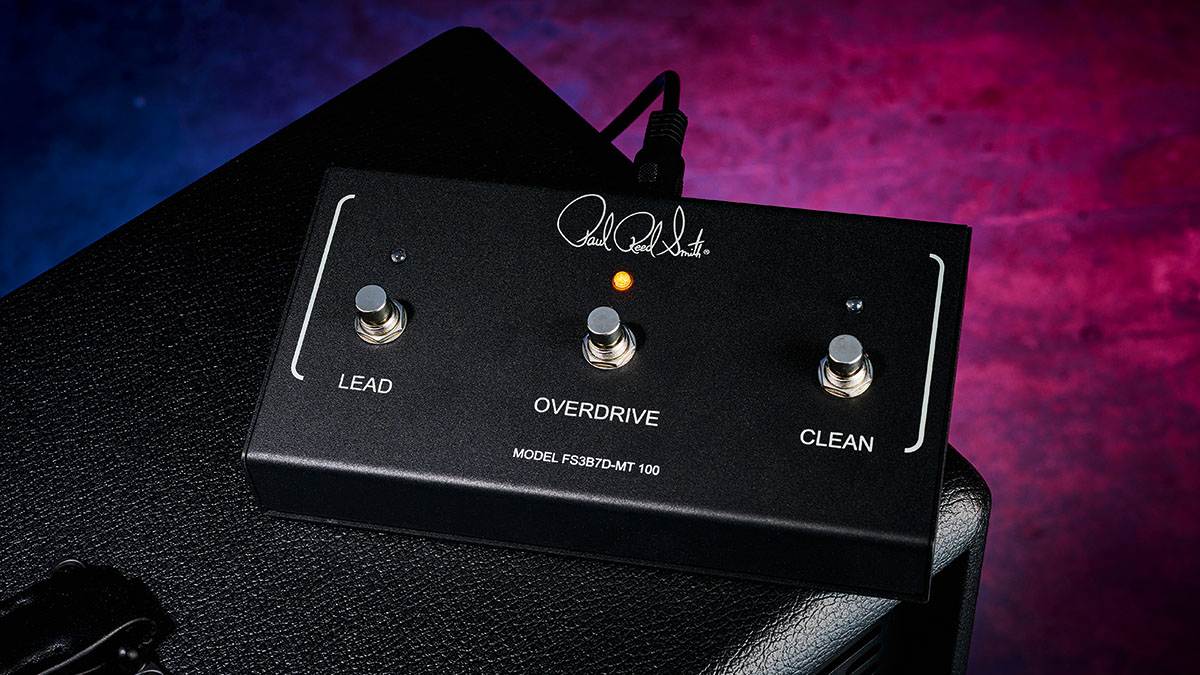
Sounds
The MT 100’s three channels are optimised for an ideal starting point with all the tone and gain controls set roughly at 12 o’clock, giving the widest range of adjustment.
The Clean channel has huge headroom if needed, with a punchy Fender-influenced clarity. Turning this channel’s Volume (gain) control past the halfway mark adds a subtle chime effect, becoming a sweetened crunch with the volume all the way up.

The Overdrive channel takes over at this point, with a mild crunch that gets progressively wilder, transforming into a thick, harmonic-laden distortion that many amps would be proud to call a lead channel.
The MT 100 still has another gear to shift up into, though, with a Lead channel that packs so much distortion it can feed back at will on practically any note. Thankfully, it’s easily tamed by backing off the Gain control.
With our Les Paul, we tended to run all three gains at more or less the halfway mark, and used like this the MT 100 easily covers any base, producing the definitive high-gain overdrive tones Tremonti is known for. Swapping to single coil pickups was equally impressive, although the higher gain settings of the Clean and Overdrive channels made us reach for a noise gate.
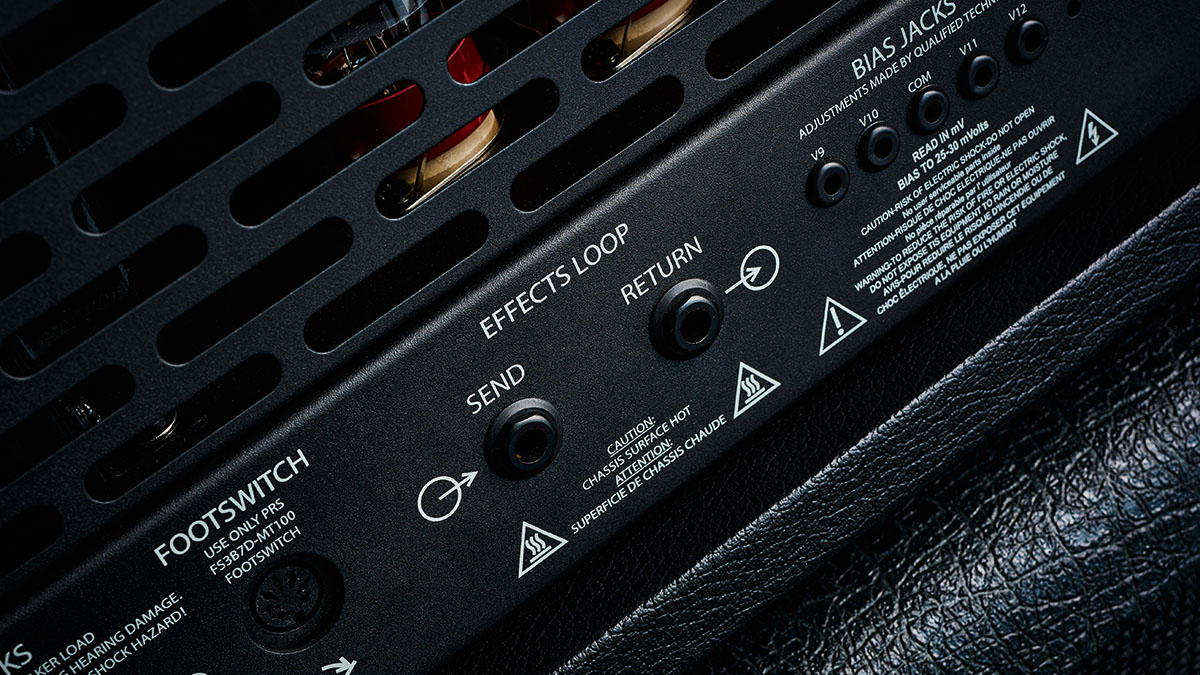
It goes without saying that the MT 100 is loud enough for any eventuality, although unlike many high-powered designs it also sounds quite decent at bedroom levels. But let’s be clear: this is not a bedroom amp. It’s designed to fill huge halls and stadiums with ferocious rock riffage, delivered with clarity and authority.
For maximum impact, it needs to be partnered with a good 4x12 and turned up, at which point the dynamic range, articulation and bass response all come into focus in a very satisfying way.
Our favourite channel was the medium-gain Overdrive, which has enough gain and tonal range to go from jazz and blues to high-gain powerchords. Just by varying the guitar’s volume control there’s plenty of colour and subtlety, which is artistically rewarding to play with while being almost at odds with the MT 100’s image as an all-out weapon of rock.
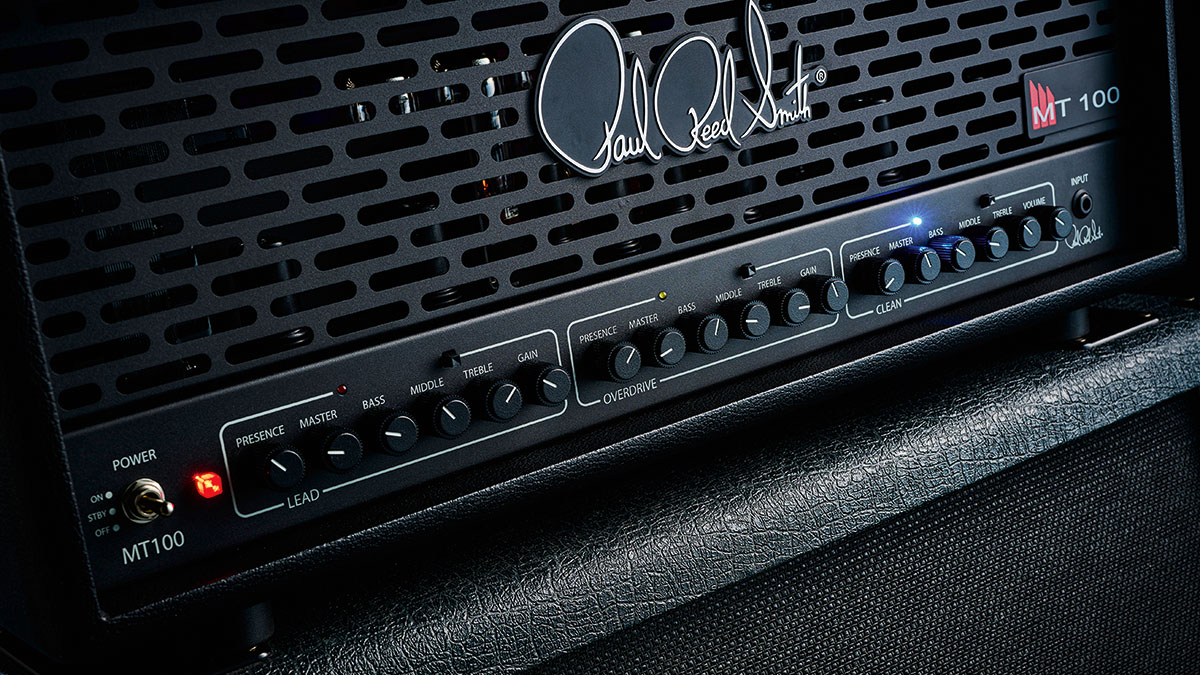
Verdict
While the MT 100 isn’t the most compact or portable of amplification solutions, it sounds great – and sat atop a suitably big speaker cabinet it looks the part, too. Carrying around a half or full stack demands a certain commitment (or a happy road crew), and while an amp like this may not be practical for the smaller venues most of us perform in, there’s no denying its stellar range of tones will bring out the best in anybody who plugs into one.
Aimed at pro, semi-pro and dedicated amateur users – and, of course, the hordes of Creed, Alter Bridge and Tremonti fans out there – the MT 100’s price is another temptation, coming in at $1,849/£1,599 thanks to offshore manufacturing.
Specs
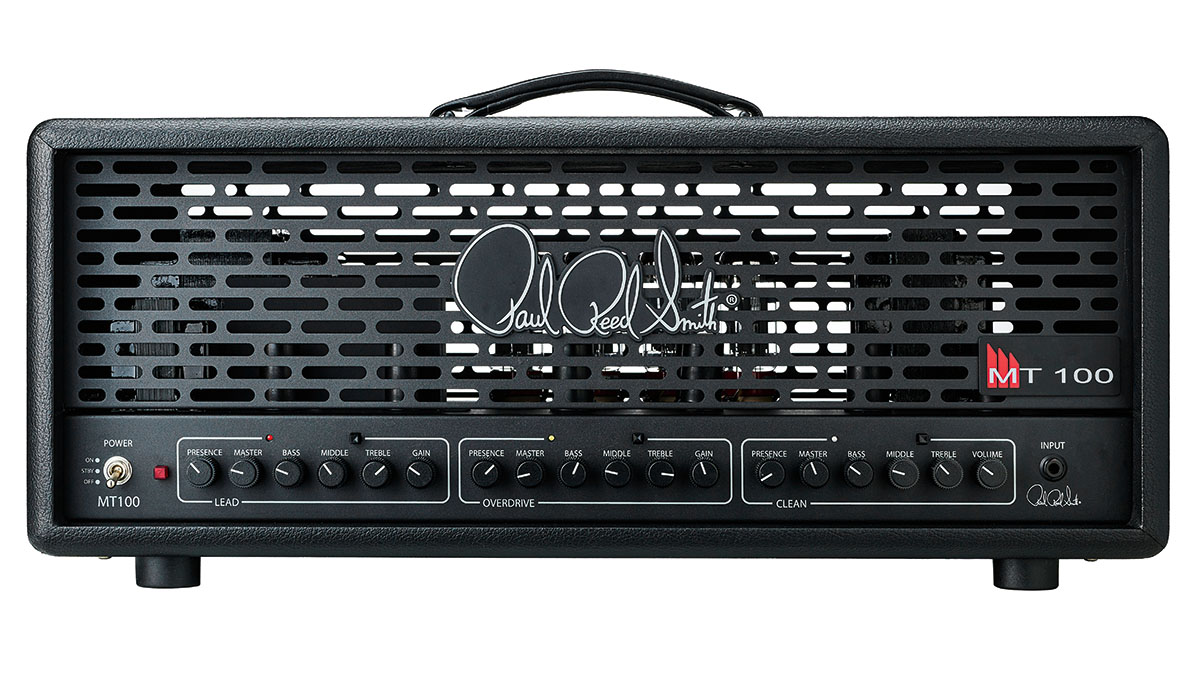
- PRICE: $1,849 / £1,599
- ORIGIN: Indonesia
- TYPE: All tube pre and power amp
- TUBES: 8x 12AX7 preamp, 4x 6L6
- OUTPUT: 100W RMS
- DIMENSIONS: 660 (w) x 275 (d) x 280mm (h)
- WEIGHT (kg/lb): 19.5/43
- CABINET: Plywood
- CHANNELS: 3
- CONTROLS: Clean channel: Presence, Master Volume, Treble, Middle, Bass, Volume. Lead & Overdrive channels: Presence, Master Volume, Treble, Middle, Bass, Gain
- FOOTSWITCH: 3-button footswitch selects channels
- ADDITIONAL FEATURES: Tube‑buffered series effects loop. Individual tube bias test points and overall bias adjustment on rear panel
- CONTACT: PRS Guitars
Nick Guppy was Guitarist magazine's amp guru for over 20 years. He built his first valve amplifier at the age of 12 and bought, sold and restored many more, with a particular interest in Vox, Selmer, Orange and tweed-era Fenders, alongside Riveras and Mark Series Boogies. When wielding a guitar instead of soldering iron, he enjoyed a diverse musical career playing all over the UK, including occasional stints with theatre groups, orchestras and big bands as well as power trios and tributes. He passed away suddenly in April 2024, leaving a legacy of amplifier wisdom behind him.












